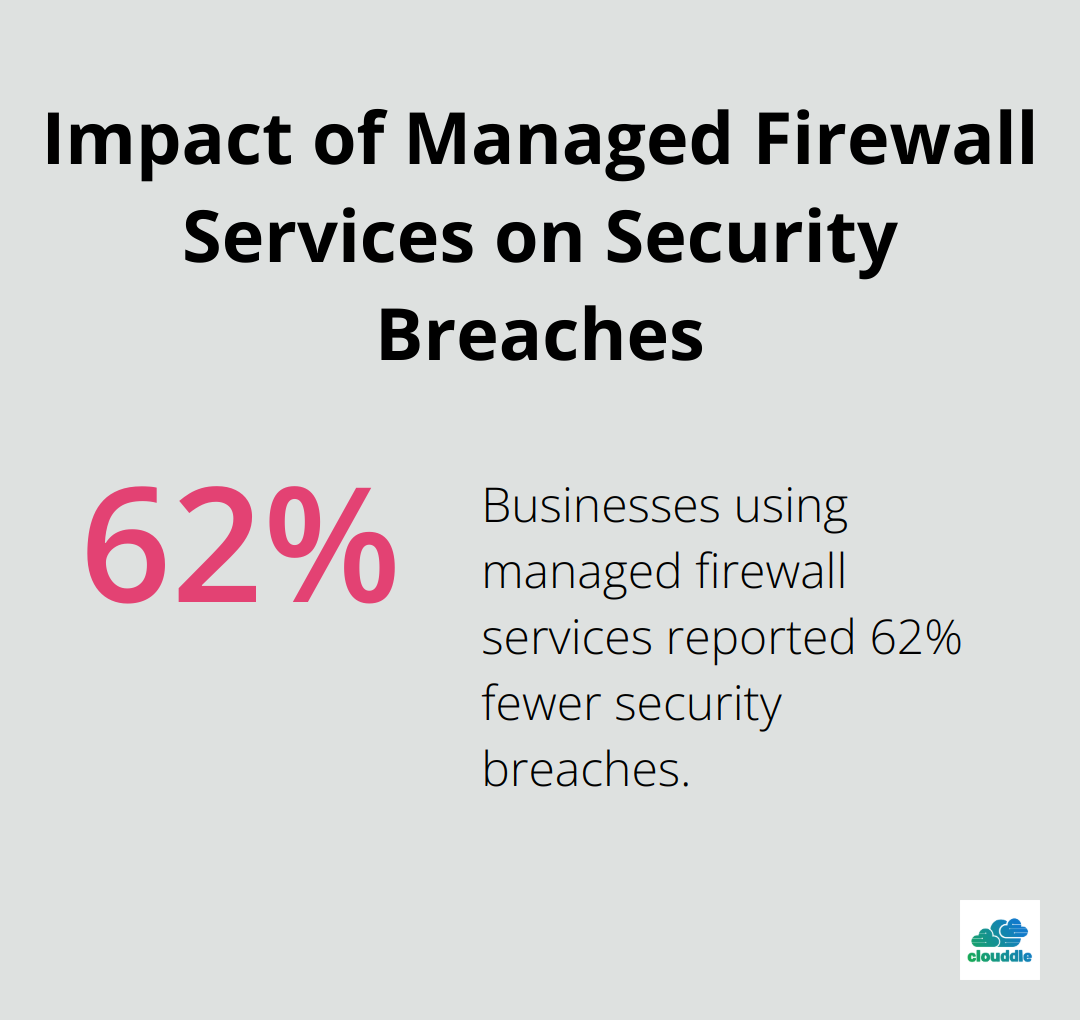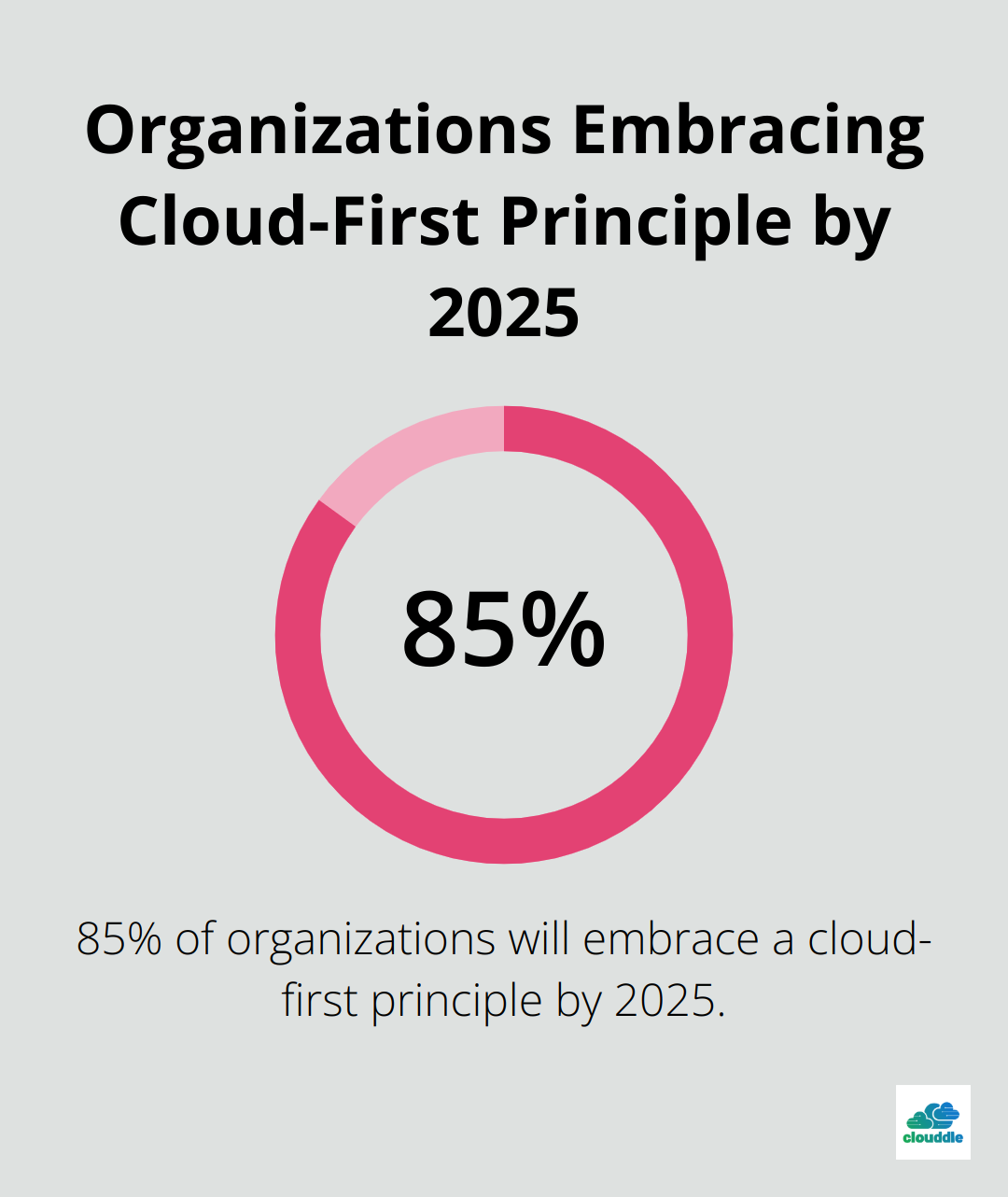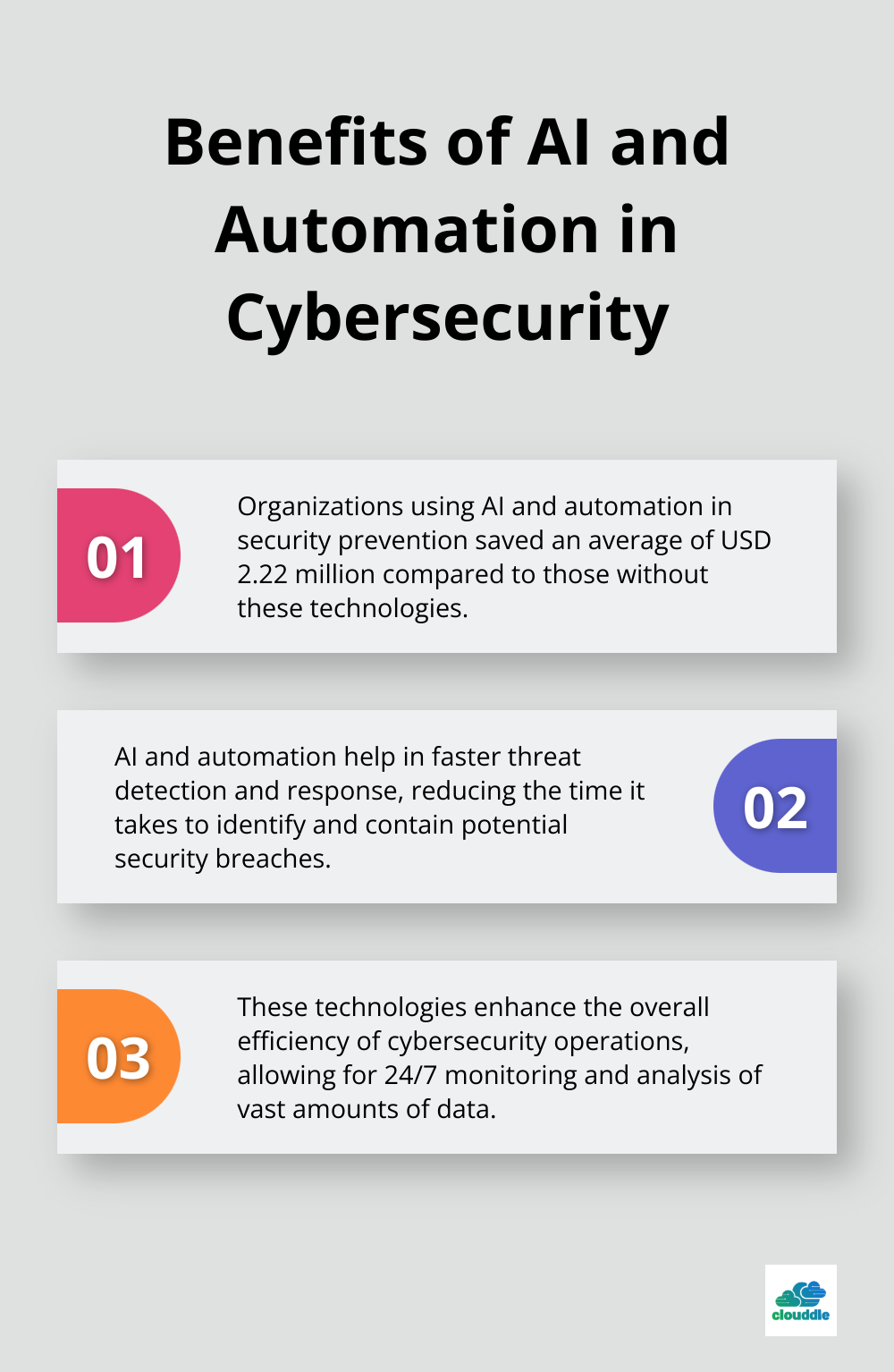IT managed services have become essential for businesses looking to streamline their operations and enhance their technological capabilities. At Clouddle, we’ve seen firsthand how these services can transform organizations of all sizes.
This blog post will explore the various types of IT managed services available today, from network management to cybersecurity solutions. We’ll break down each category and discuss how they can benefit your business in an increasingly digital world.
How Network Management Services Boost Your Business
Network management services form the backbone of modern IT infrastructure. These services can dramatically improve business operations and security.
Proactive Network Monitoring
Proactive network monitoring maintains optimal performance. It involves continuously monitoring IT systems, applications, and infrastructure to identify and address issues before they impact your business. This strategy helps in maintaining optimal performance and reducing potential downtime.
Robust Firewall Management
Firewall management acts as your first line of defense against cyber threats. Next-generation firewalls adapt to evolving security landscapes. In 2024, businesses using managed firewall services reported 62% fewer security breaches compared to those managing firewalls in-house (according to a study by Cybersecurity Ventures).

Secure VPN Solutions
With remote work on the rise, secure VPN solutions protect your data. It’s recommended to choose VPN solutions that use well-established standards like IKE/IPSec rather than those relying on custom SSL. This ensures your team can work from anywhere without compromising security.
Smart Bandwidth Optimization
Bandwidth optimization maximizes your network resources. Traffic shaping and QoS (Quality of Service) techniques prioritize critical applications. This approach allows businesses to reduce bandwidth costs (up to 30% in some cases) while improving application performance.
Network management services allow businesses to focus on their core operations while experts handle the complexities of IT infrastructure. As we move to the next section on cloud services management, you’ll see how these network foundations support more advanced IT solutions.
How Cloud Services Management Transforms Your Business
Cloud services management drives digital transformation and boosts operational efficiency. Effective cloud services management is crucial for businesses looking to leverage the full potential of cloud technology.
Seamless Cloud Migration
Migrating to the cloud is a critical step for modern businesses. A recent study by Flexera found that 92% of enterprises have a multi-cloud strategy, highlighting the importance of smooth cloud transitions. When you plan your migration, assess your current infrastructure, identify which applications to move first, and choose the right cloud provider for your needs.
Start with non-critical applications to minimize disruption. For instance, move your email system or file storage to the cloud to provide immediate benefits without risking core business operations. As you gain confidence, gradually migrate more complex systems.
Mastering Multi-Cloud Environments
Managing multiple cloud environments has become the norm for many organizations. According to Gartner, 85% of organizations will embrace a cloud-first principle by 2025. This shift requires a strategic approach to multi-cloud management.

To optimize your multi-cloud setup, implement a cloud management platform (CMP) that provides a single pane of glass for monitoring and managing all your cloud resources. This can reduce complexity, improve resource allocation, and enhance overall performance.
Cloud Security and Compliance
Cloud security remains a top concern for businesses. The 2023 Thales Cloud Security Report revealed that 45% of businesses experienced a cloud-based data breach in the past 12 months. To mitigate these risks, implement robust security measures such as:
- Multi-factor authentication for all cloud accounts
- Regular security audits and vulnerability assessments
- Encryption for data at rest and in transit
- Comprehensive employee training on cloud security best practices
Compliance is equally important, especially for industries dealing with sensitive data. Ensure your cloud provider offers compliance certifications relevant to your industry (such as HIPAA for healthcare or PCI DSS for financial services).
Robust Disaster Recovery
Cloud-based disaster recovery solutions offer significant advantages over traditional methods. They provide faster recovery times, lower costs, and greater flexibility. According to IDC, organizations using cloud-based disaster recovery solutions reduced their recovery time objective (RTO) by an average of 4 hours compared to those using on-premises solutions.
Try implementing a hybrid cloud approach when designing your disaster recovery plan. This allows you to keep critical data on-premises while leveraging the cloud for rapid recovery and scalability during emergencies.
Effective management of these cloud services aspects unlocks the full potential of cloud technology, driving innovation and maintaining a competitive edge. As businesses continue to embrace cloud solutions, the need for robust cybersecurity measures becomes increasingly apparent. Let’s explore how cybersecurity services can further enhance your IT infrastructure and protect your valuable digital assets.
How to Fortify Your Business Against Cyber Threats
Cybersecurity measures play a vital role in today’s digital landscape. The threat landscape constantly evolves, and businesses must stay ahead to protect their valuable assets.
Proactive Threat Detection and Prevention
Proactive threat detection is a necessity in modern cybersecurity. Organizations that applied AI and automation to security prevention saw the biggest impact in reducing the cost of a breach, saving an average of USD 2.22 million compared to those without these technologies.

To implement effective threat detection, use advanced tools like Security Information and Event Management (SIEM) systems. These tools collect and analyze data from various sources across your network, which helps identify potential threats before they cause damage.
Comprehensive Vulnerability Assessments
Regular vulnerability assessments identify weak points in your system. This emphasizes the importance of these assessments.
We recommend you conduct both internal and external vulnerability scans at least quarterly (monthly for critical systems). Use a combination of automated tools and manual penetration testing to get a comprehensive view of your security posture.
Rapid Incident Response Planning
Every second counts when a security incident occurs.
Develop a detailed incident response plan that outlines roles, responsibilities, and steps to take during a security event. Test this plan regularly through tabletop exercises and simulations to ensure your team prepares for real-world scenarios.
Continuous Employee Security Training
Your employees form your first line of defense against cyber threats.
Implement a comprehensive security awareness program that goes beyond annual training sessions. Use phishing simulations, interactive workshops, and regular updates on new threats to keep security top-of-mind for your staff.
These cybersecurity measures can significantly reduce your risk of falling victim to cyber attacks. Cybersecurity requires an ongoing process, not a one-time fix. Stay vigilant, keep your defenses up-to-date, and always prepare for the next threat on the horizon.
Final Thoughts
IT managed services have become indispensable for modern businesses. These services encompass network management, cloud solutions, and cybersecurity measures, forming a comprehensive approach to IT infrastructure. Outsourcing IT management allows companies to access specialized expertise without extensive in-house resources, often resulting in cost savings and improved efficiency.
The future of managed IT services will likely involve increased use of Artificial Intelligence and Machine Learning for predictive maintenance and threat detection. The Internet of Things and edge computing will also shape the landscape, presenting new challenges and opportunities for service providers. We at Clouddle stay ahead of these developments to offer cutting-edge solutions.
Our Network as a Service (NaaS) offering combines networking, entertainment, and security into one package. We provide managed IT, networking, Wi-Fi, and security services tailored to various industries (including hospitality and senior living). As technology evolves, robust IT managed services will continue to play a vital role in helping businesses face digital challenges and opportunities.


